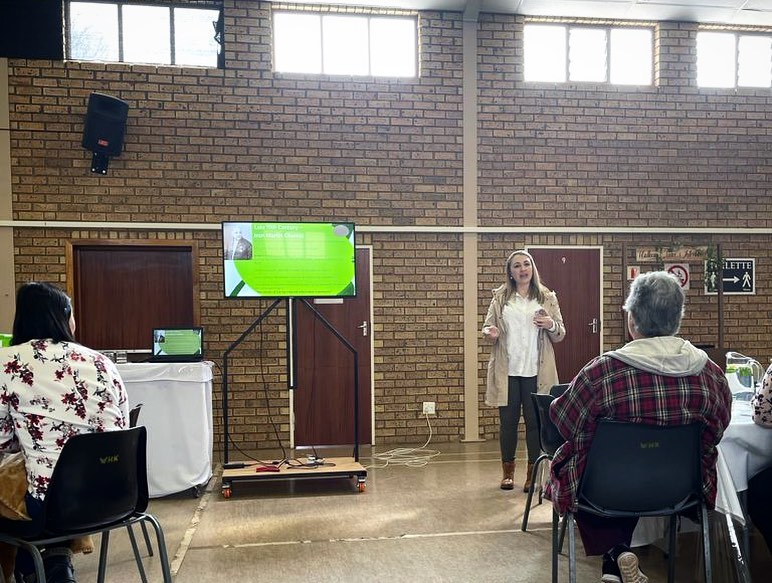Childhood trauma is a profound issue that affects millions of children worldwide. The impact of these experiences can reverberate throughout a child’s life, influencing their physical, emotional, and psychological well-being. For adults—parents, teachers, caregivers, and community members—understanding and addressing childhood trauma is crucial. Nelson Mandela once said, “There can be no keener revelation of a society’s soul than the way in which it treats its children.” This sentiment underscores the importance of caring for our youngest and most vulnerable members.
What is Childhood Trauma?
Childhood trauma refers to any event experienced by a child that is emotionally painful or distressing, often resulting in lasting mental and physical effects. These events can range from abuse and neglect to witnessing violence or experiencing a natural disaster. The International Child Traumatic Stress Network defines trauma as a response to a deeply distressing or disturbing event that overwhelms an individual’s ability to cope.
The Impact of Childhood Trauma
The effects of childhood trauma can be profound and long-lasting. Dr. Bessel van der Kolk, a renowned psychiatrist and author of The Body Keeps the Score, explains, “Trauma is not just an event that took place sometime in the past; it is also the imprint left by that experience on mind, body, and brain.” Children who experience trauma may struggle with emotional regulation, exhibit behavioral issues, and face difficulties in forming healthy relationships. The trauma can manifest in various ways, including anxiety, depression, and even physical health problems.
Recognizing Signs of Trauma in Children
Recognizing the signs of trauma in children is the first step towards providing help. Symptoms can vary widely depending on the child’s age and the nature of the trauma. Common indicators include:
• Emotional symptoms: Anxiety, depression, mood swings, and excessive fear.
• Behavioral symptoms: Aggression, withdrawal, difficulty in school, and trouble sleeping.
• Physical symptoms: Unexplained aches and pains, changes in appetite, and frequent illness.
As Fred Rogers, beloved host of Mister Rogers’ Neighborhood, wisely stated, “Anything that’s human is mentionable, and anything that is mentionable can be more manageable.” Open communication is vital in helping children express their feelings and begin the healing process.
How Adults Can Help
1. Create a Safe Environment: Children need to feel safe and secure. This involves creating a stable and supportive home or school environment. Consistency and predictability can help mitigate feelings of fear and uncertainty.
2. Listen and Validate Feelings: Encourage children to talk about their experiences and feelings. Listen without judgment and validate their emotions. As Maya Angelou said, “People will forget what you said, people will forget what you did, but people will never forget how you made them feel.”
3. Provide Emotional Support: Show empathy and understanding. Let children know that it’s okay to feel upset and that they are not alone. Emotional support can come from various sources, including family, friends, and mental health professionals.
4. Seek Professional Help: Professional therapy can be incredibly beneficial for children who have experienced trauma. Therapists trained in trauma-informed care can help children process their experiences and develop coping strategies.
5. Educate Yourself and Others: Understanding trauma and its effects is crucial. Educate yourself about trauma and share this knowledge with others in your community. Knowledge empowers us to better support those affected. The H.E.L.P. – Helping Kids Cope training has been specifically designed to teach adults everything they need to know about childhood trauma and how best to support and empower traumatised children.
The Role of Schools
Schools play a critical role in supporting children with trauma. Teachers and school staff can create trauma-sensitive classrooms by:
• Building Strong Relationships: Foster trust and connection with students. A caring teacher can make a significant difference in a child’s life.
• Implementing Trauma-Informed Practices: Incorporate practices that recognize the signs of trauma and respond appropriately. This includes being mindful of triggers and providing a supportive learning environment.
• Promoting Resilience: Encourage activities that build resilience, such as mindfulness exercises, social-emotional learning, and extracurricular activities that foster a sense of accomplishment and belonging.
As Nelson Mandela famously said, “Education is the most powerful weapon which you can use to change the world.” By integrating trauma-informed practices into education, we can help children overcome their past and build a brighter future.
Community Involvement
The community also has a significant role to play. Creating a supportive and trauma-informed community involves:
• Raising Awareness: Hold workshops, seminars, and community discussions to educate the public about childhood trauma and its effects.
• Providing Resources: Ensure that families have access to mental health resources, including counseling, support groups and workshops such as the H.E.L.P. – Helping Kids Cope training.
• Building Networks of Support: Foster connections between schools, healthcare providers, and community organizations to create a comprehensive support system for children and families.
Childhood trauma is a serious issue that requires our collective attention and action. As adults, we have the responsibility to support and nurture children who have experienced trauma. By creating safe environments, offering emotional support, seeking professional help, and fostering resilient communities, we can help children heal and thrive.
Remember the words of Nelson Mandela: “History will judge us by the difference we make in the everyday lives of children.” Let us strive to make a positive difference in the lives of children affected by trauma, ensuring they grow up to be healthy, happy, and resilient adults.

